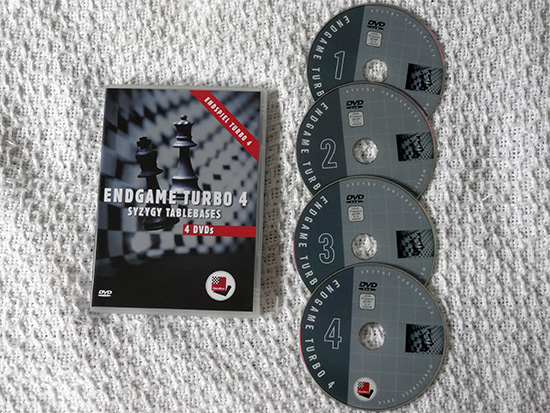
If this were a composed problem without any duals, these recurring Kd1! (at moves 22, 32, and 41) would have been a marvellous theme! But out of all these perfect moves, the stand-outs are three instances where the white king retreats from e2 to d1 for no apparent reason. As in most lengthy tablebase solutions, the play is not really human-comprehensible. Since “only” 13 white moves have duals, these alternatives are specified as well whenever they occur.


In deciding on the main variation, I tried to maximise the number of such precise moves, and in the given line 77 of the 90 white moves are unique and they are marked with an ‘!’. If we treat this position as a directmate problem that requires the quickest mate to be found, a surprisingly large number of white moves in the solution are uniquely forced. The most remarkable case that I came across, with a depth-to-mate number of 90, is diagrammed below. My initial aim was merely to give Lomonosov some random homebase positions (all units on their array squares) to test and see if any of them would yield interesting play. These positions employ the same material of Q+N vs R+B+N, and although I didn’t realise it at the time, this is identical to the pieces used in some length-record settings uncovered by tablebases, where to force mate requires over 500 (!) moves. Here I will consider how tablebases affect chess composition, and delve into three positions that illustrate what has been made feasible in problems and endgame studies. Tablebases analysis and resultant discoveries about the endgame have had a profound effect on many facets of the game see the Wikipedia entry on the subject for details.
#Endgame tablebase dtz android
Consequently, the game of chess is more-or-less solved for such miniature positions! Here are some online resources for accessing these marvels of modern technology: (1) Nalimov EGTB - 6 pieces maximum (free) (2) Lomonosov Tablebases - 7 pieces maximum (annual subscription fee required, but free for fewer pieces) (3) Android app for Lomonosov - 7 pieces maximum (free and highly recommended). A milestone was reached in 2012 when a Russian team used a supercomputer to generate the Lomonosov tablebases, which cover all possible endgames with seven units or fewer (barring the trivial cases of six pieces vs king). K+Q vs K+R, but as computer performances improved, we saw the creation of general tablebases that could handle any combination of pieces up to a certain total number of units.

What this means is that for any tablebase position, we know its complete “truth” and how perfect play would proceed.Įarly tablebases could only deal with settings of specific materials, e.g. Moreover, in these positions the result of every possible move has been determined precisely, and thus each winning or losing move is provided with a “depth-to-mate” number, i.e. Tablebases are essentially databases of endgame positions that have been exhaustively analysed so that their outcomes (win/loss/draw) with best play by both sides are known with certainty. Another major advance in computer chess has been the development of endgame tablebases, which in some ways are even more amazing than super-strong engines. In an earlier blog I looked at the engine Stockfish from a problemist’s perspective.


 0 kommentar(er)
0 kommentar(er)
